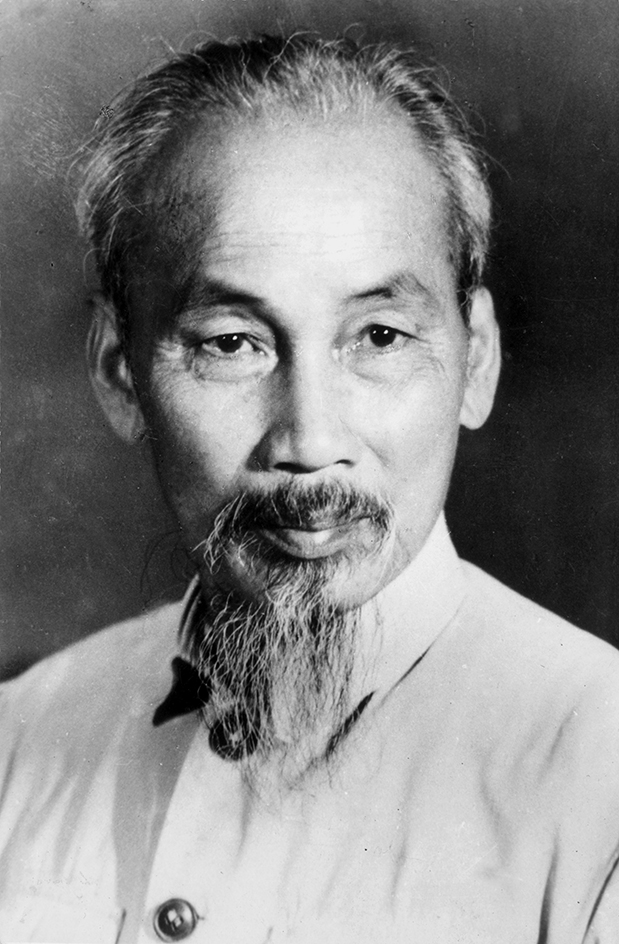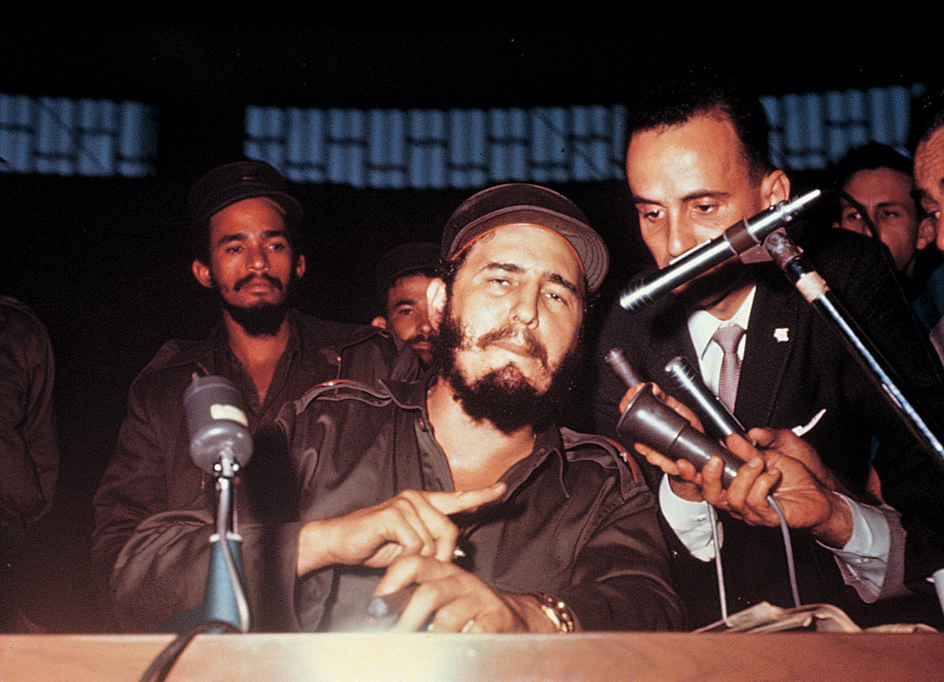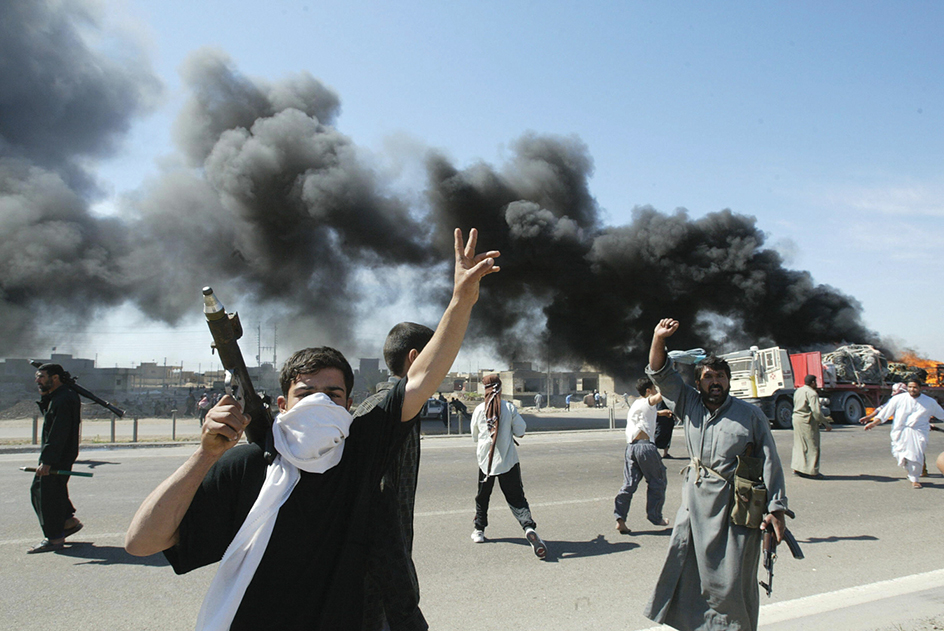Guerrilla, << guh RIHL uh, >> warfare is warfare conducted by roving bands of fighters who stage ambushes, sudden raids, and other small-scale attacks. Guerrilla tactics may also include bombings, kidnappings, and other forms of violence and terrorism. Guerrilla tactics are usually used by groups with limited resources against an enemy with vastly superior military power. The word guerrilla means little war in Spanish. The term was first used during the Peninsular War (1808-1814), in which Spanish and Portuguese forces used guerrilla tactics to resist French rule.
Guerrilla warfare techniques.
Because guerrillas lack the strength of conventional military forces, they typically rely on hit-and-run tactics and sabotage to surprise and torment the enemy. Members of many guerrilla bands are civilians, such as farmers or laborers, who act secretly as guerrillas. They blend with the general population, strike suddenly, and then disappear from view. Rural guerrillas take advantage of natural features of the terrain—such as forests, mountains, and rivers—to conceal their activities. Urban guerrillas—often called urban terrorists—use city streets, buildings, and crowds for similar purposes.

Guerrillas use a variety of methods to attract recruits and to win the support of the people. By striking from within the general population, guerrillas hope to provoke enemy attacks against the population. The enemy’s strikes, in turn, may inspire more people from the population to join the guerrillas.
Guerrillas often use propaganda that draws upon the hopes and ambitions of people seeking to improve their way of life. For instance, guerrillas may promise to take land from the rich and give it to the poor. Guerrillas sometimes seek to gain popular support by appealing to nationalism, especially in countries where a foreign nation has influence. Guerrillas may also use threats and force to gain support.
Because of the widespread use of guerrilla warfare, many nations have specially trained troops who are experts in guerrilla tactics. These troops are often called commandos, such as the Royal Marine Commando Brigade of the United Kingdom. In the United States Army, these Special Forces soldiers are known as Green Berets because of the caps they wear. See Army, United States (Special units) .
Types of guerrilla movements.
Two main types of guerrillas are partisans and insurgents. Partisans carry out guerrilla campaigns to weaken an occupying army’s hold on their homeland, or to oppose an invading force. Partisans generally do not belong to a regular army but usually act under a professional military commander or in cooperation with a regular military force. Partisans may attack enemy supply lines and communications; collect strategic information; interrupt enemy movements; or conduct terrorist attacks. Partisans are often called underground or resistance fighters. In some cases, undercover partisan agents operating from within the territory of an enemy are called a fifth column (see Fifth column ).
Insurgents are guerrillas who seek to overthrow an established government within their own country. Their tactics may include bombings, assassinations, and raids. Insurgents also rely heavily on propaganda and other methods to generate support for their cause.
Mao Zedong, the leader of the Chinese Communists, developed modern insurgency strategies during his fight against the Chinese Nationalists from 1927 to 1949. Mao’s writings on guerrilla warfare influenced uprisings throughout the world. According to Mao’s theory of “People’s War,” the strength of an insurgent movement depends largely on the support of the people of the countryside. People in rural areas of poor countries often have little loyalty to, or contact with, the central government. Insurgents seek to convince such people that the government cannot defend itself or its people, and does not act in the people’s interest. If insurgents attract sufficient popular support, they may become strong enough to control some areas, provoke civil war, or even overcome government troops in a conventional (traditional) battle. See Mao Zedong .
History.
The use of guerrilla warfare against enemy armies dates back to ancient times. Around 513 B.C., for instance, the Scythians, ancient nomads in present-day Ukraine and southwestern Russia, used guerrilla tactics to resist the expansion of the Persian Empire under Darius I.
During the Thirty Years’ War (1618-1648), bands of armed peasants in several European countries attacked soldiers who had wandered from their camps. American Indians used guerrilla tactics against enemy tribes and, later, against white settlers. During the Revolutionary War in America (1775-1783), General Francis Marion conducted a partisan guerrilla campaign against the British in North and South Carolina. He and his soldiers darted out of the marshes to attack the British and then vanished before their enemies could strike back. In the American Civil War (1861-1865), Confederate guerrillas launched cavalry raids on Union forces.
During World War I (1914-1918), guerrilla warfare rarely occurred in Europe, where armies fought primarily from trenches along fixed battlefronts. But in the Middle East, Arab insurgents led by the British officer T. E. Lawrence (Lawrence of Arabia) used guerrilla tactics to win independence from the Ottoman Empire.
During World War II (1939-1945), the Communist leader Josip Broz Tito led a partisan movement to resist the Nazi invaders of Yugoslavia. Citizens of several other European countries formed underground guerrilla groups that also fought the Nazis, such as the Maquis in France. In Burma (now Myanmar) and the Philippines, partisan groups opposed invading Japanese forces.
After World War II, insurgent groups in many countries waged guerrilla campaigns against their governments. Mao led the Communists to victory in China in 1949. Some guerrillas fought the colonial governments of European powers. In 1954, France lost its Indochinese colonies (now Cambodia, Laos, and Vietnam) after eight years of fighting against Communist guerrillas led by Ho Chi Minh.

In 1953, Fidel Castro began an effort to overthrow the government of Cuba. Castro used guerrilla methods skillfully and gradually gained recruits from the population. Using appeals and propaganda, Castro also encouraged soldiers to leave the Cuban Army. By 1959, the guerrillas had become strong enough to defeat the army, and Castro took over as ruler. Several years after the Cuban Revolution, one of Castro’s top aides, Che Guevara, went to South America to head a similar revolt. Guevara was killed in 1967 while leading a force against Bolivian government troops. See also Guevara, Che ; Twenty-sixth of July Movement .

Some guerrilla movements have failed. The United States helped the government of Greece defeat a Communist insurgency in 1949. The United States also helped the Philippine government put down an insurgency by the Communist Huks in 1954. The British conducted a successful antiguerrilla campaign in Malaya after Communist insurgents tried to take over that nation in 1948.
During the 1960’s and 1970’s, guerrilla fighters battled government troops in many parts of the world. France lost Algeria after guerrilla insurgents revolted and gained independence for their country. In Northern Ireland, the Provisional Irish Republican Army used a combination of rural guerrilla warfare and urban terrorism against British government forces and installations. Arab guerrillas raided Israel from neighboring Egypt, Jordan, and Syria. In Southeast Asia, the Viet Cong used guerrilla tactics in the Vietnam War (1957-1975). In Rhodesia, now called Zimbabwe, African insurgents fought throughout the 1970’s in an attempt to overthrow the white-ruled government.
From 1979 to 1989, rebels in Afghanistan used guerrilla tactics to fight Soviet occupation of their country. The rebels, who called themselves mujahideen (holy warriors), finally forced the Soviet troops to withdraw. Several years later, a conservative Islamic group called the Taliban came to power. Many mujahideen joined al-Qa`ida, a terrorist group led by Osama bin Laden, a Saudi-born millionaire, Islamic extremist, and former mujahideen fighter.
In the late 1900’s, al-Qa`ida and many other terrorist groups formed networks and operated on an increasingly global scale. Some of these groups, particularly in the Middle East, held a deep hatred for Israel, the United States, and Western countries in general. Their tactics commonly included bombings, kidnappings, and other actions associated with guerrilla warfare.
In the early 2000’s, the United States used military force to topple the Taliban regime in Afghanistan and the government of Saddam Hussein in Iraq. In both countries, U.S. forces and their allies faced guerrilla resistance from fighters linked to the Taliban, Hussein’s forces, al-Qa`ida, and other groups.

